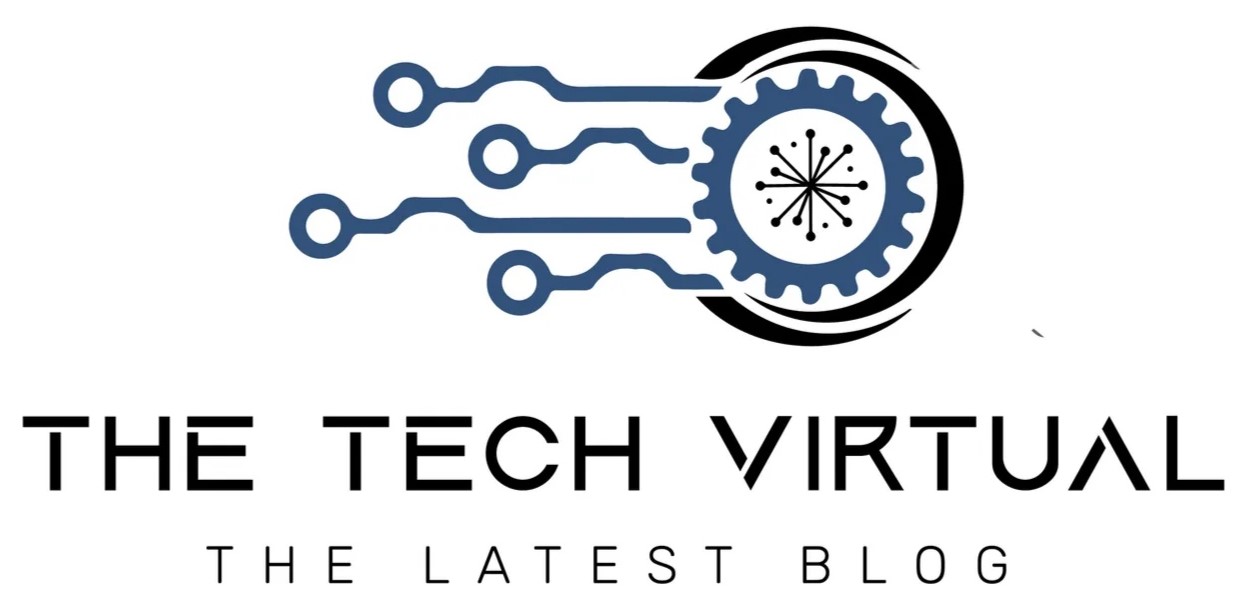Is Your Business’s Network Security Plan Strong Enough?

Nearly 50% of businesses fail within the first five years in the United States. However, there are measures you can implement to help avoid this.
The success of your business will heavily depend on your network security plan. Not everybody understands how to develop the right business cybersecurity protocol, though.
Let’s take a closer look at the key cybersecurity information you need to consider.
Understand the Basics of Network Security
Take the time to learn about the basic principles of network security in order to create a strong plan. This will include understanding the key components of a network security system, such as firewalls, antivirus software, and encryption.
You’ll also want to be familiar with common attack techniques so that you can identify potential threats and protect yourself.
Research Your Options
Once you understand the basics of network security, it’s time to start researching your options.
Look into different types of security tools and services that are available and decide which ones are best for meeting your company’s needs. Consider things like cost, ease of use, and effectiveness to help you narrow down the choices.
Create a Plan
With all of this information in hand, it’s time to create an actionable plan.
Design a comprehensive network security system that can help you reach your goals and stays within your budget. Include things like regularly scheduled risk assessments, antivirus software updates, and employee training for best results. The plan you create will depend on your current weak points.
For instance, small companies often don’t have to worry about someone compromising business hardware. This is simply due to the fact that they don’t have many employees to keep track of. A large corporation, though, may face issues small businesses wouldn’t.
Utilize Encryption Protocols
Consider using encryption protocols like SSL or TSL in order to ensure the safest possible data transmission and storage. These protocols will help to protect your customers’ sensitive information and increase their trust in your company. To get the most out of your encryption protocols, make sure to regularly update and monitor them.
Otherwise, they may not be as effective as they should be.
Stay Updated on Trends
It’s important to stay up-to-date with the latest security trends and threats so that you can keep your network secure.
Keep an eye out for new technology or trends that may be useful for your business, as well as any potential vulnerabilities that you should be aware of. These trends can provide valuable insight into how to best protect your business from cyberattacks.
Employ Professional Services
Hire professionals that specialize in network security systems, so you can be sure your network is up-to-date and secure.
You’ll get peace of mind knowing that your network is being closely monitored and managed by experts. When searching for a professional to work with, look for someone who has experience implementing similar plans and can provide the right services that meet your business’s needs.
Take a look at their fees and make sure they are within your budget. Be sure to ask for references so that you can check their work and ensure they’re the right fit for your business.
Working with a professional can help you handle complicated responsibilities like network mapping. This is particularly useful for small business owners who do not have technical knowledge.
You should also consider investing in cyber insurance to protect your business in the event of a breach.
Cyber insurance policies typically cover things like data recovery costs, legal fees, and other associated expenses. It also provides you with a level of protection against potential threats and can help ensure that your business is adequately covered.
Implement Your Plan
Once you have your plan in place, you’ll need to implement it. Take the time to configure your system and train your staff on the proper usage of the tools. In fact, regular security training should be part of your business plan moving forward.
Also Read about Why /cydvao8rtki is the Future of Digital Marketing
Your plan will only be as effective as its integration, so it’s important to make sure that your team is well-versed in the security protocols you have in place.
Monitor Your Systems
Regularly monitor your systems for potential threats and vulnerabilities so you can stay one step ahead of hackers.
One of the best ways to do this is to use a vulnerability scanner. This will allow you to scan your system for any potential weak spots that could be exploited.
You can also use log analysis tools to detect any suspicious activity and investigate further. This is an essential step that you can’t overlook. It only takes moments for a hacker to compromise sensitive data.
Cyber Risks For Businesses
To develop the best network security plan, you need to understand the most common threats. This will help you take the appropriate actions.
Listed below are some of the most notable.
Malware
This is malicious software designed to infiltrate a system and disrupt its function. Hackers can use it to gain access to confidential data or cause hardware damage.
Hackers often use malware to access corporate networks, as the data contained within can be very valuable.
Phishing
Phishing attacks occur when hackers try to trick users into divulging confidential information by pretending to be from a trusted source. The attackers will usually use email or other digital communication to send out messages that appear legitimate and contain links or attachments.
These can then be used to gain access to the user’s system. The good news is that phishing attacks can be prevented with user training and vigilance. Look for misspellings, spoofed email addresses, etc. to help protect yourself.
Ransomware
This type of malware infects a computer or network and makes it impossible for the user to access their files until they pay a ransom.
Ransomware attacks can be particularly damaging, as they can cause serious disruption to business operations and lead to data loss. You should always have backup systems in place, as this is the best way to mitigate the effects of a ransomware attack.
It’s important to know that the FBI discourages making ransomware payments. Doing so will facilitate future attacks. There is also no guarantee that the hacker will grant access to your encrypted data.
Social Engineering
These involve the attacker manipulating a user into taking specific actions that can have serious impacts.
For example, they may try to get users to reveal confidential information or download malicious files. Social engineering attacks are difficult to prevent and require staff training and vigilance. In some cases, organizations may also need to invest in tools that can detect and block social engineering attempts.
Distributed Denial of Service Attacks (DDoS)
For those unfamiliar, a DDoS attack is when a large number of computers are used to overwhelm an online service, such as an eCommerce website. The goal of these attacks is usually to make the site inaccessible or unusable.
To protect against DDoS attacks, organizations should invest in special tools that can detect and block them before they cause disruption. Downtime can be highly crippling, especially for companies that don’t have a large amount of capital to work with.
Endpoint Attacks
An endpoint attack is when a hacker infiltrates an endpoint device, such as a laptop or computer.
The goal of these attacks is usually to gain access to confidential data stored on the device. Your business should have policies in place to ensure that endpoint devices are kept safe. For instance, work devices should be password-protected and all files stored on them should be regularly backed up.
Formjacking
Formjacking isn’t quite as common as some of the other threats listed here, but it can be very damaging. This type of attack occurs when hackers insert malicious code into web page forms and then steal data that users input.
Businesses will need to ensure that their web pages are properly secured to protect against this threat. The end goal is to make sure that any data entered by users is encrypted and kept safe.
Don’t Neglect Network Security
Your network security plan is an important factor in the success of your business.
Make sure to invest the time and resources necessary to create a plan that protects your data and systems from threats. With the right plan in place, you can be sure that you’re doing everything possible to keep your business safe.
Looking for other useful information like this? Feel free to check out the rest of our blog about Why /ovutxzsh9ts is the Future of Technology.








